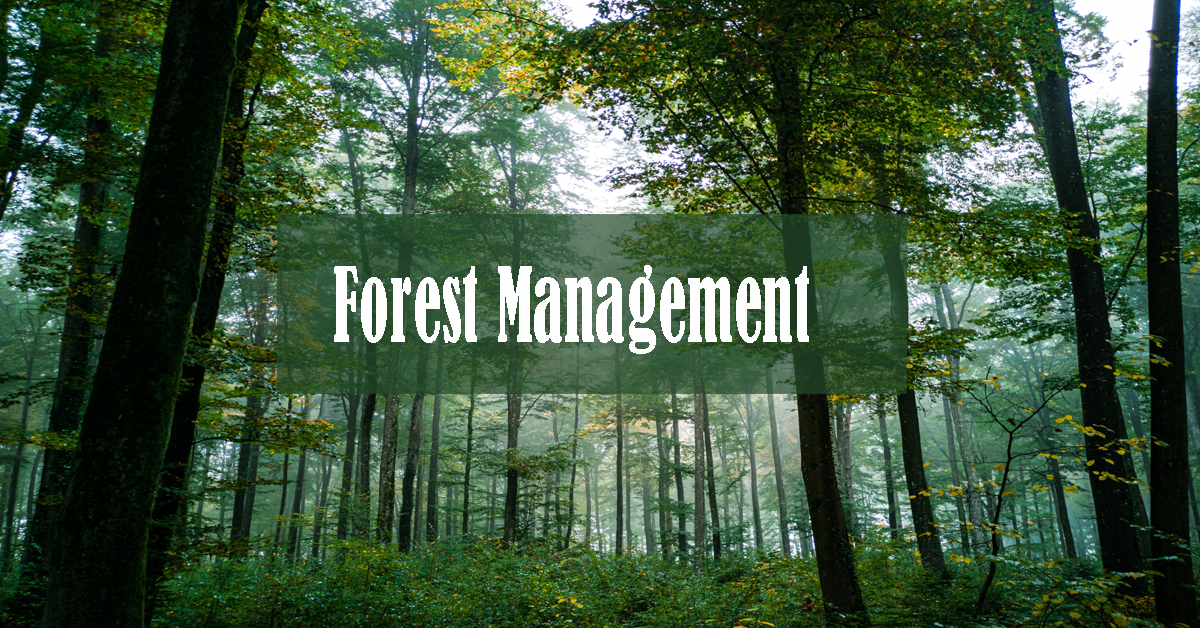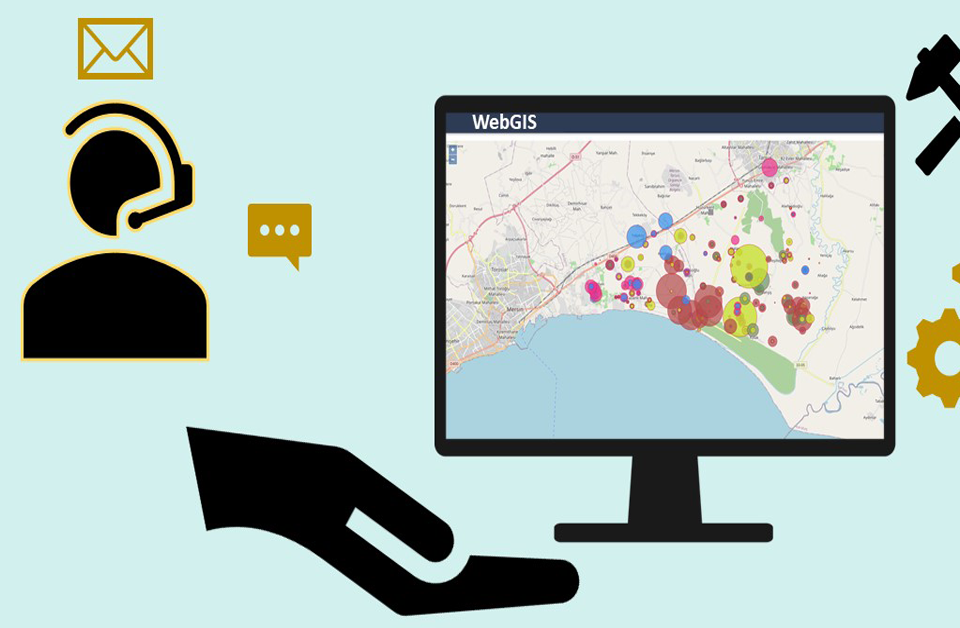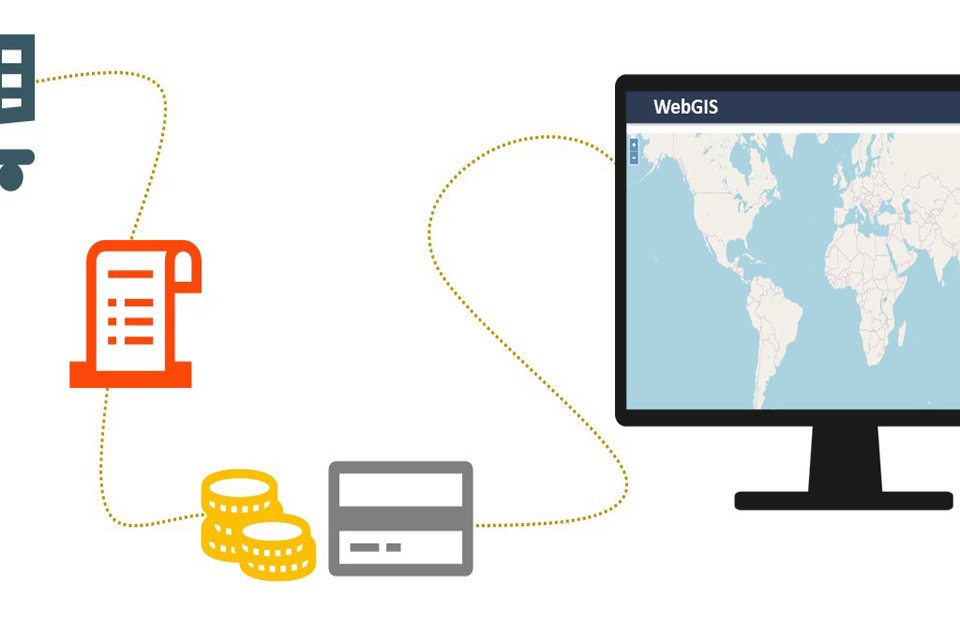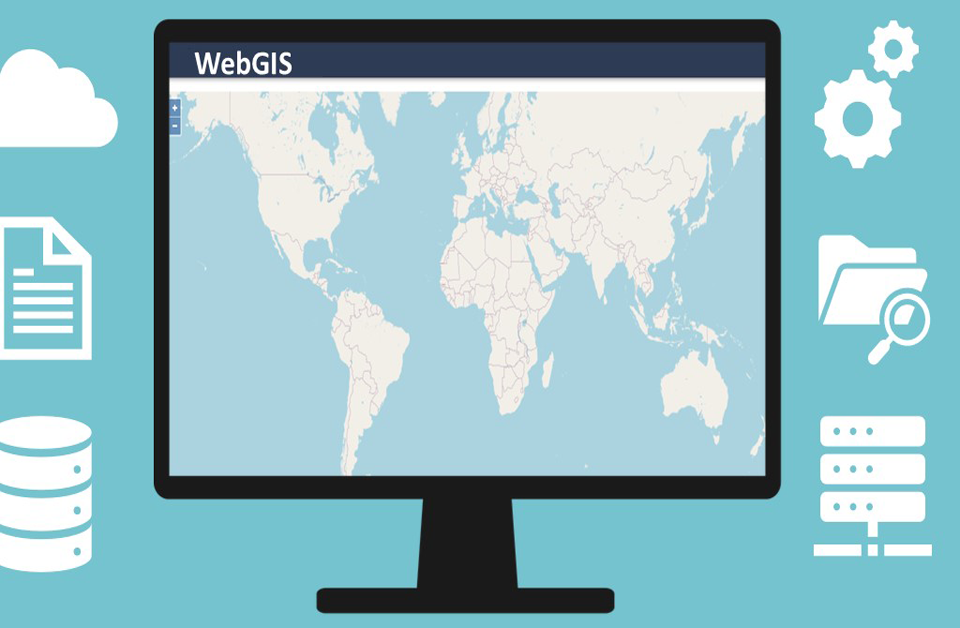Application of GIS in Forest Management

Types of Geodata Storing in GIS
May 13, 2020
The Use of Digital Elevation Model in GIS
May 21, 2020A geographic information system (GIS) is a system intended to catch, store, control, examine, oversee, and present spatial or geographic information.
GIS applications are devices that permit clients to make intuitive inquiries (client made ventures), dissect spatial data, alter information in maps, and present the consequences of every one of these tasks.
In general, the use of GIS in Forest Management:
- Resource Management.
- Harvest Planning.
- Fire Management.
- Map Production.
- GIS for strategic and planning and modelling.
Forests are important renewable natural resources and have a significant role in preserving an environment which are suitable for human life as well as for wildlife.
GIS-related technologies provide foresters with powerful tools for record-keeping, analysis, and decision making.
GIS can be established to provide crucial information about resources and can make planning and management of resources easier, for example:
- Recording and updating resources inventories.
- Harvest estimation and planning.
- Ecosystem management.
- Landscape and habitat planning.
Why GIS use in Forest Management?
GIS is a versatile tool for Forest Management because that help too much to solve the major problems and provide best solutions. Some uses of GIS are explaining below: Location: Location of Forest resources in the globe in many ways such as a place name, post code or zip code or geographic references via latitude and longitude.
Condition: Non-forested land of certain size distance from road or river.
Trends: GIS helps us to find out what has changed within study forest or land use an area overtime.
Patterns: Determine spatial patterns landslide in forest areas.
Modelling: Determine what would be happen if road is added in forest areas.
Applications of GIS in Forest Management:
Improve Functional Performance and Reduce Cost:
The subtleties gave by GIS is utilized to enormously improve operational getting ready and control, and to re-design and improve the organization strategies. It gives you solutions for diverting optimization and servicing preparing and confirming.
Make Better Business Decisions:
By mixing regional and area related data with other organization data organizations can increase basic thoughts that help their organizations succeed.
With spatial issues, organizations can choose to exchange places, help regions and customers of intrigue, and existing the subtleties in topical maps and audits to achieve quicker and better organization decisions.
- For more further information or details regarding Forest Management contact here.





